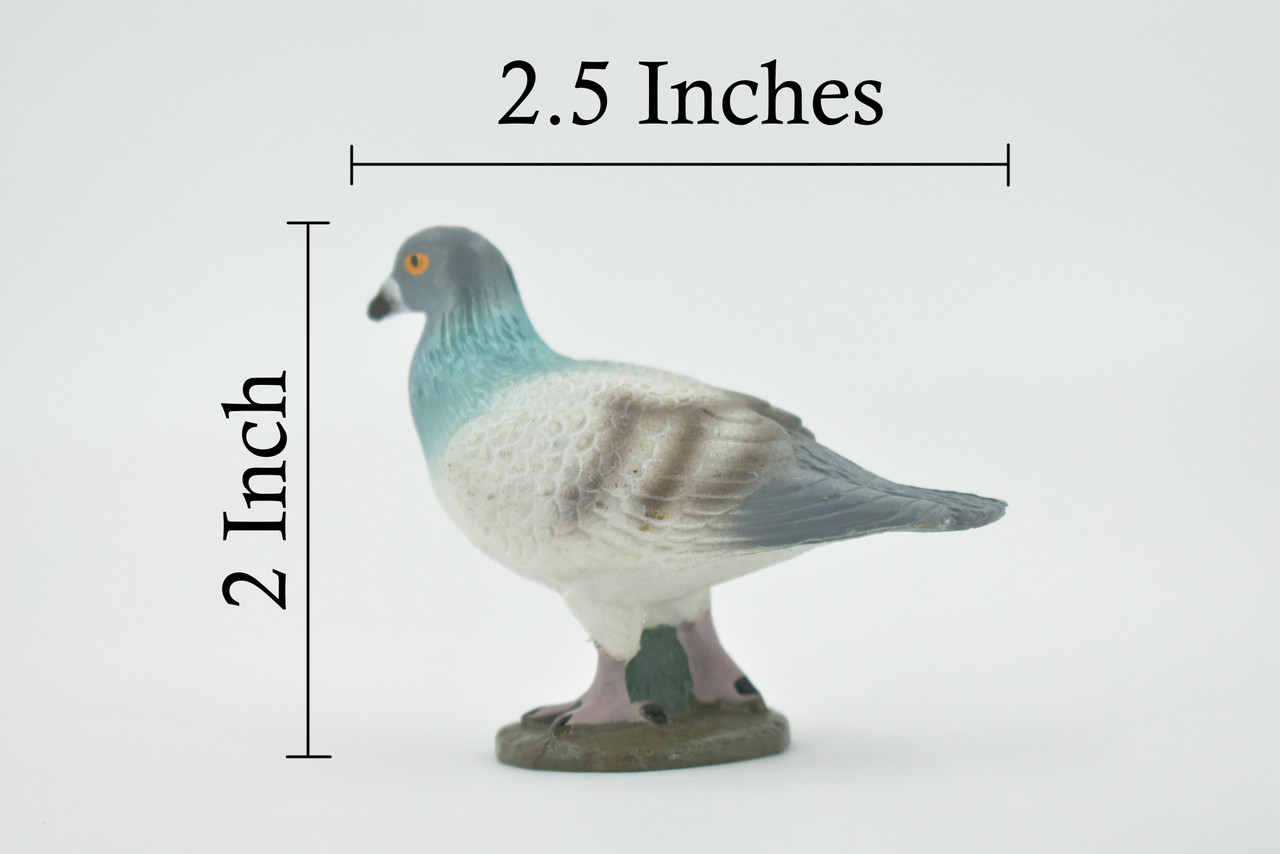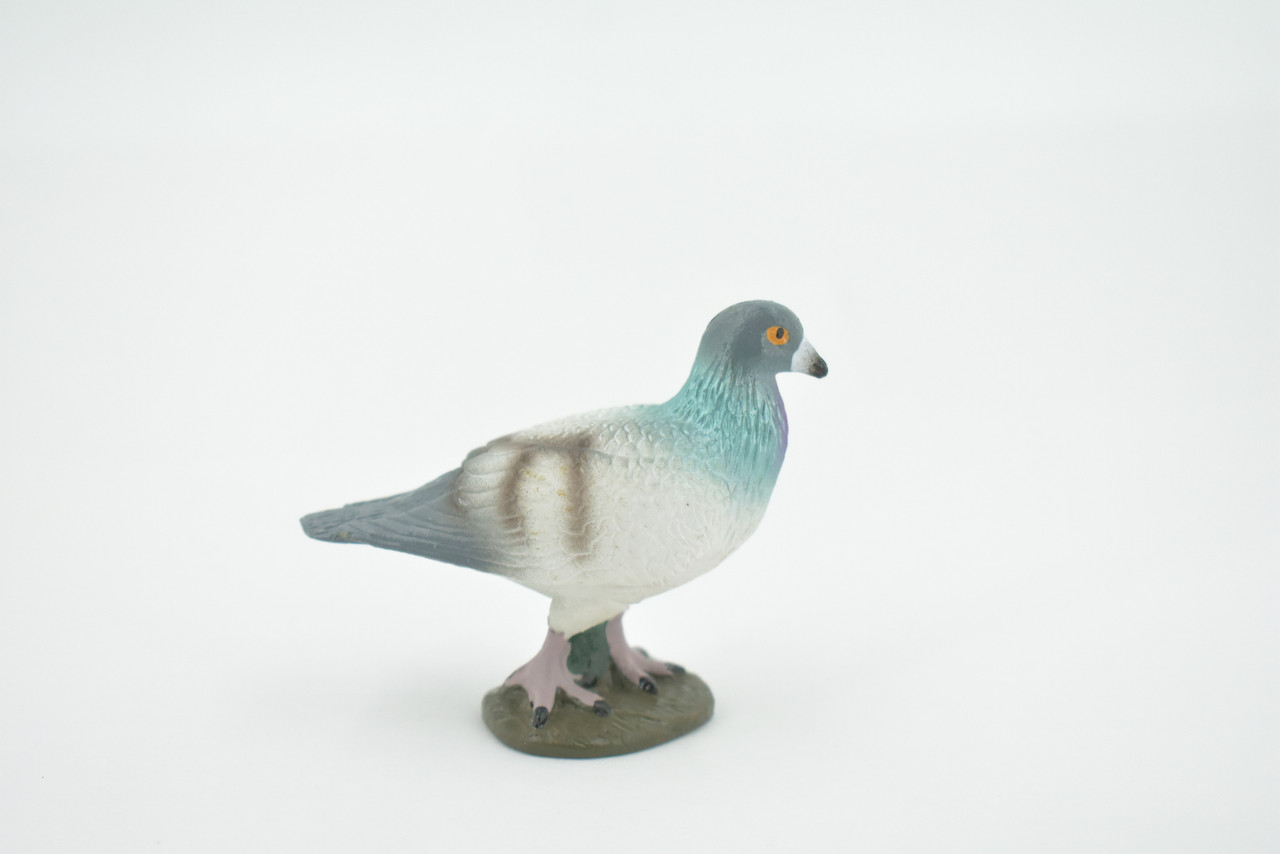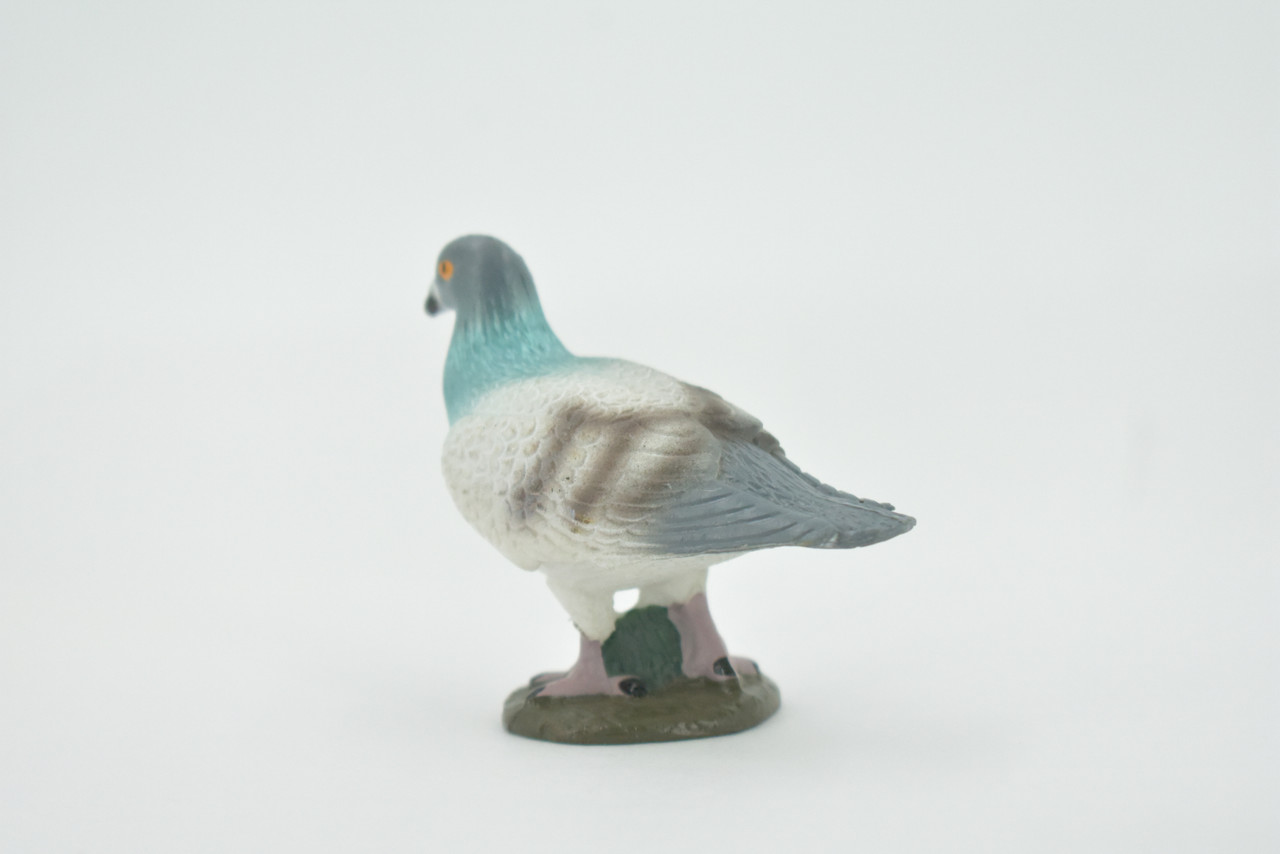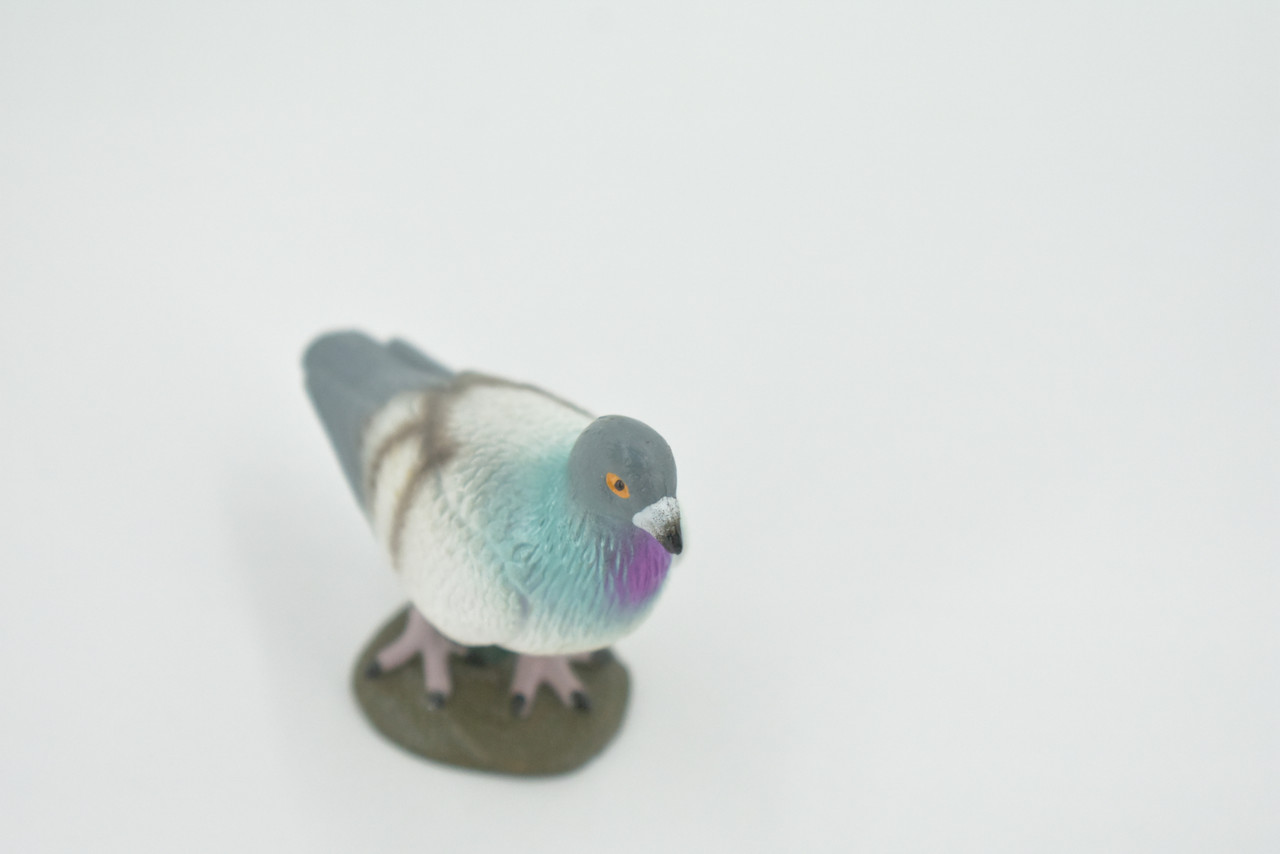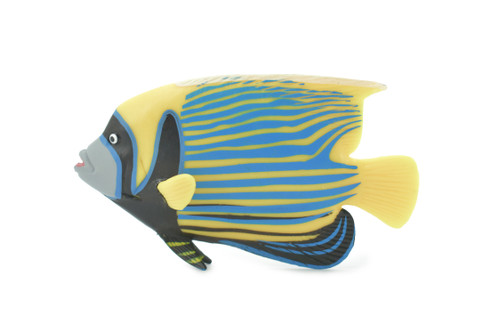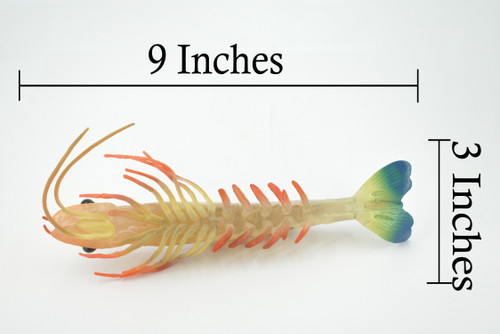Product Description
This Pigeon, 2 1/2" figure includes hand painted features to give it realistic details that are true to natural anatomy. This figure is considered a museum quality replica. Highest Quality Natural Rubber.
Variable in color, but most birds are bluish gray with two black bands on the wing and a black tip to the tail. Most birds have iridescent throat feathers. Wing patterns may include two bars, dark spots, or can be plain. The tail is usually dark tipped. Pigeons often gather in flocks, walking or running on the ground and pecking for food. When alarmed, the flock may suddenly fly into the air and circle several times before coming down again. Pigeons are familiar birds of cities and towns. You'll also see them around farmland and fields, as well as in their archetypal habitat, rocky cliffs
The bird genus Columba comprises a group of medium to large pigeons. The terms "dove" and "pigeon" are used indiscriminately for smaller and larger Columbidae, respectively. Columba species – at least those of Columba sensu stricto – are generally termed "pigeons", and in many cases wood-pigeons. The rock dove (C. livia), has given rise to the majority of domesticated pigeon breeds, such as the racing pigeon and the fantail pigeon some of which have become feral. Meanwhile, "wood pigeon" by itself usually means the common wood pigeon (C. palumbus). This genus as understood today is native to the Old World, but some – notably the domestic and feral rock pigeon – have been introduced outside their natural range, for example in the Americas. The genus Columba was introduced by the Swedish naturalist Carl Linnaeus in 1758 in the tenth edition of his Systema Nature. The type species was designated as the stock dove (Columba oenas) by Irish zoologist Nicholas Aylward Vigors in 1825. The American pigeons formerly in Columba are now split off as a separate genus Patagioenas again. That the American radiation constitutes a distinct lineage is borne out by molecular evidence; in fact, the Patagioenas "pigeons" are basal to the split between the Columba "pigeons" and the Streptopelia "doves". The typical pigeons together with Streptopelia and the minor Nesoenas and Stigmatopelia lineages constitute the dominant evolutionary radiation of Columbidae in temperate Eurasia, though they also occur in tropical regions. The taxonomic status of some African pigeons presently placed here is in need of further study; they are smaller than the usual Columba (and hence often called "doves"), and differ in some other aspects. They might be separable as genus Aplopelia. That notwithstanding, the lineage of the typical pigeons probably diverged from its closest relatives in the Late Miocene, perhaps some 7-8 million years ago.
Thanks for visiting Collectible Wildlife Gifts, the leading provider of high-quality, lifelike animal Designs and gifts! We work hard to ensure we have a diverse range of products. Each product is inspected for their quality craftsmanship. Whether you're searching for a great gift or seeking educational designs for displays, we’ve got you covered.
At Collectible Wildlife Gifts, our products appeal to a wide range of customers, including family, friends, and educators. Our products are trusted and used by professional organizations as well including aquariums, zoos, and movie studios.
Our extensive line of products boasts everything from plush sharks to educational animal growth cycles. Our products bring joy to recipients, and serve as valuable educational resources, sparking curiosity and fostering learning.
Discover the wonders of the natural world with Collectible Wildlife Gifts. Browse our collection today!


